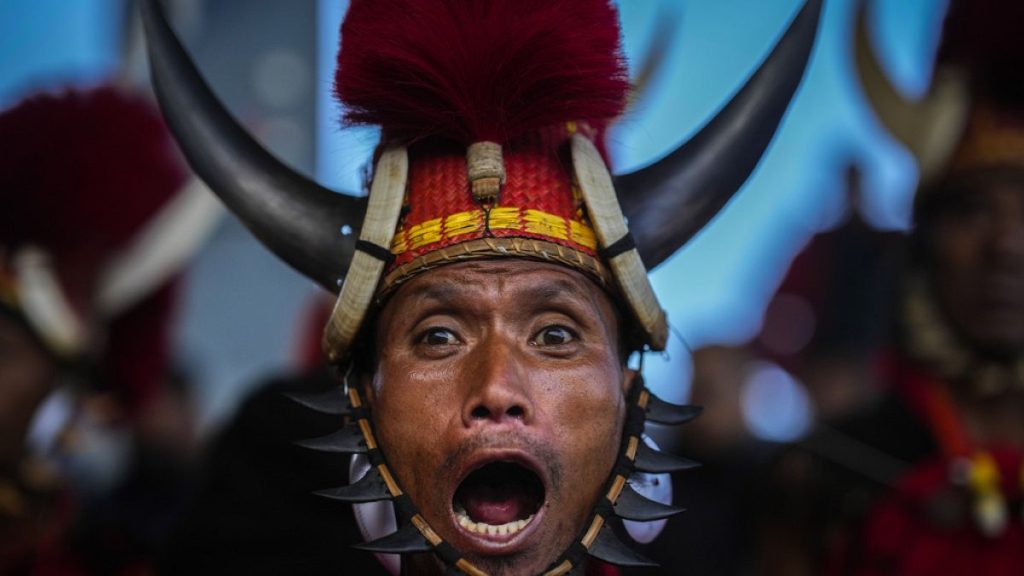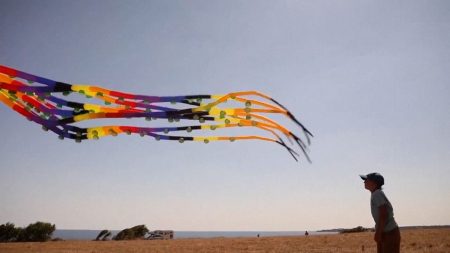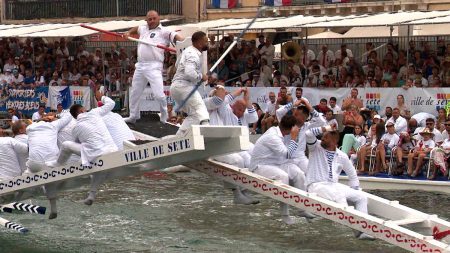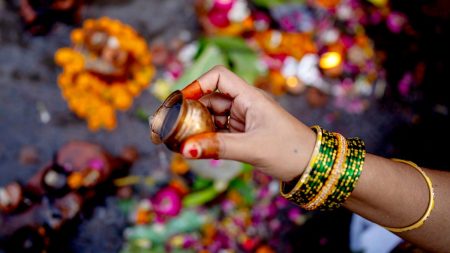The Hornbill Festival, a vibrant tapestry of Nagaland’s tribal heritage, stands as the state’s premier tourist attraction. Held annually in the first week of December, this ten-day extravaganza draws visitors from across the globe, eager to immerse themselves in the unique customs, art forms, and traditions of Nagaland’s diverse indigenous communities. The festival derives its name from the Indian Hornbill, a large and majestic bird revered by many Naga tribes. Its significance in Naga culture is reflected in its prominent representation in tribal folklore, dances, and songs, solidifying its role as a symbol of the festival itself. The event serves as a platform to promote inter-tribal harmony and preserve the cultural legacy of a region steeped in rich history and tradition.
The origins of the Hornbill Festival can be traced back to the Naga tribes’ innate desire to celebrate their cultural identity and foster unity amongst themselves. Prior to the festival’s inception, inter-tribal conflicts were not uncommon, highlighting the need for a platform that could bridge divides and promote understanding. Recognizing this need, the State Government of Nagaland initiated the Hornbill Festival in 2000. The festival’s initial aim was to encourage cultural exchange and interaction among different tribes, thereby fostering a sense of shared identity and promoting peaceful coexistence. Over the years, the festival has evolved into a magnificent spectacle that not only celebrates Naga culture but also provides significant economic benefits to the state through tourism.
The Hornbill Festival unfolds as a vibrant showcase of Naga artistry, craftsmanship, and performing arts. Each day of the festival is filled with a mesmerizing array of activities, including traditional dances, songs, and theatrical performances that narrate ancient myths and legends. Elaborate tribal costumes, adorned with intricate beadwork, feathers, and traditional motifs, further enhance the visual splendor of these performances. Visitors can also explore the bustling stalls of the Naga Heritage Village, where local artisans display and sell their handcrafted products. These range from exquisite wood carvings and bamboo crafts to vibrant textiles and intricately woven shawls, offering a glimpse into the unique artistic sensibilities of the Naga people.
Beyond the artistic and cultural displays, the Hornbill Festival offers a deeper immersion into Naga traditions through a variety of engaging activities. Visitors can witness traditional sports like archery and wrestling, providing insight into the physical prowess and competitive spirit of the Naga warriors. The festival also features mock tribal wars and headhunting rituals, reenacted to provide a historical context to these practices, emphasizing their cultural significance rather than glorifying violence. Culinary enthusiasts can embark on a gastronomic adventure, savoring traditional Naga cuisine prepared with locally sourced ingredients and unique cooking techniques. The spicy and flavorful dishes offer a unique culinary experience, adding another dimension to the festival’s rich tapestry.
The impact of the Hornbill Festival extends far beyond its cultural significance. It plays a crucial role in promoting tourism in Nagaland, attracting a significant influx of domestic and international visitors each year. This surge in tourism generates substantial revenue for the state, contributing to its economic development and creating employment opportunities for local communities. The festival also provides a platform for local entrepreneurs and artisans to showcase their products and skills to a wider audience, boosting their livelihoods and promoting traditional crafts. Furthermore, the festival fosters cultural exchange and interaction between Nagaland and the rest of the world, enhancing understanding and appreciation for the state’s unique cultural heritage.
In essence, the Hornbill Festival serves as a vibrant celebration of Nagaland’s rich cultural heritage, promoting inter-tribal harmony and contributing to the state’s economic development. It offers a unique opportunity for visitors to delve into the traditions, customs, and artistic expressions of Nagaland’s diverse indigenous communities. Through its captivating performances, vibrant displays of craftsmanship, and immersive cultural experiences, the Hornbill Festival has established itself as a cornerstone of Nagaland’s identity, attracting global attention and preserving the legacy of its vibrant tribal heritage for generations to come. The festival stands as a testament to the power of cultural preservation and its potential to foster unity, promote economic growth, and showcase the beauty of diversity to the world.














